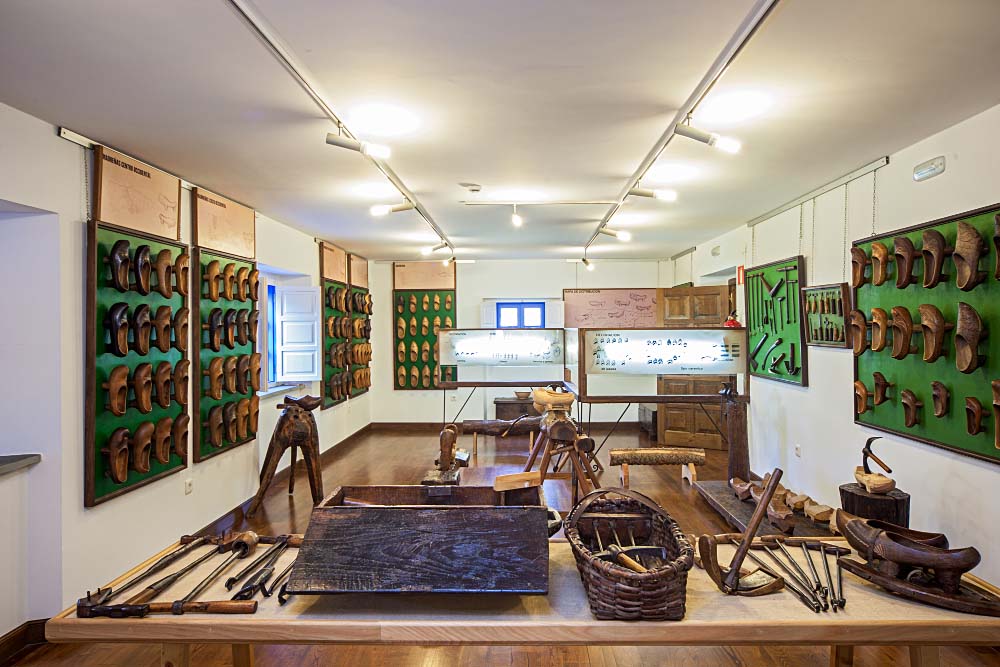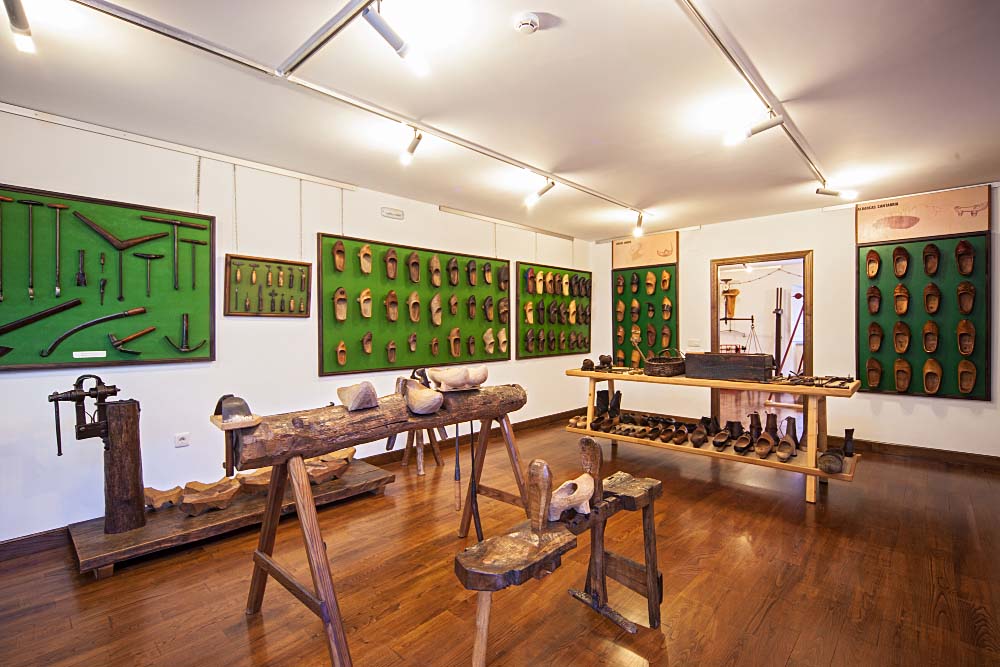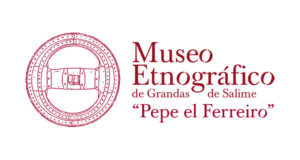Wooden shoes were the usual shoe of peasants. Its manufacture required a precise technique developed by the galocheiros or madreñeros, artisans who specialised in the trade. The workbench, axe, flat and cup adzes, drills, gouges and awls and the raseiro, a long blade with two handles that was used to roughen the external surface of the pieces, were part of their equipment.
The core of the collection of madreñas, galochas and zocas on display was brought to the Museum in 1988 by Alfonso Fernández Canteli, author of the monographic study The “madreña”: type and distribution in the north of Spain, published in 1987, the classification of which is the reference used in the exhibition. The pieces come from Asturias, Galicia, León, Cantabria and, to a lesser extent, from other regions of the Iberian Peninsula and Europe. As extensive as their geographical spread is the variety of models and versions of wooden footwear, with variations that affect their name, morphology, finishes and decoration.



